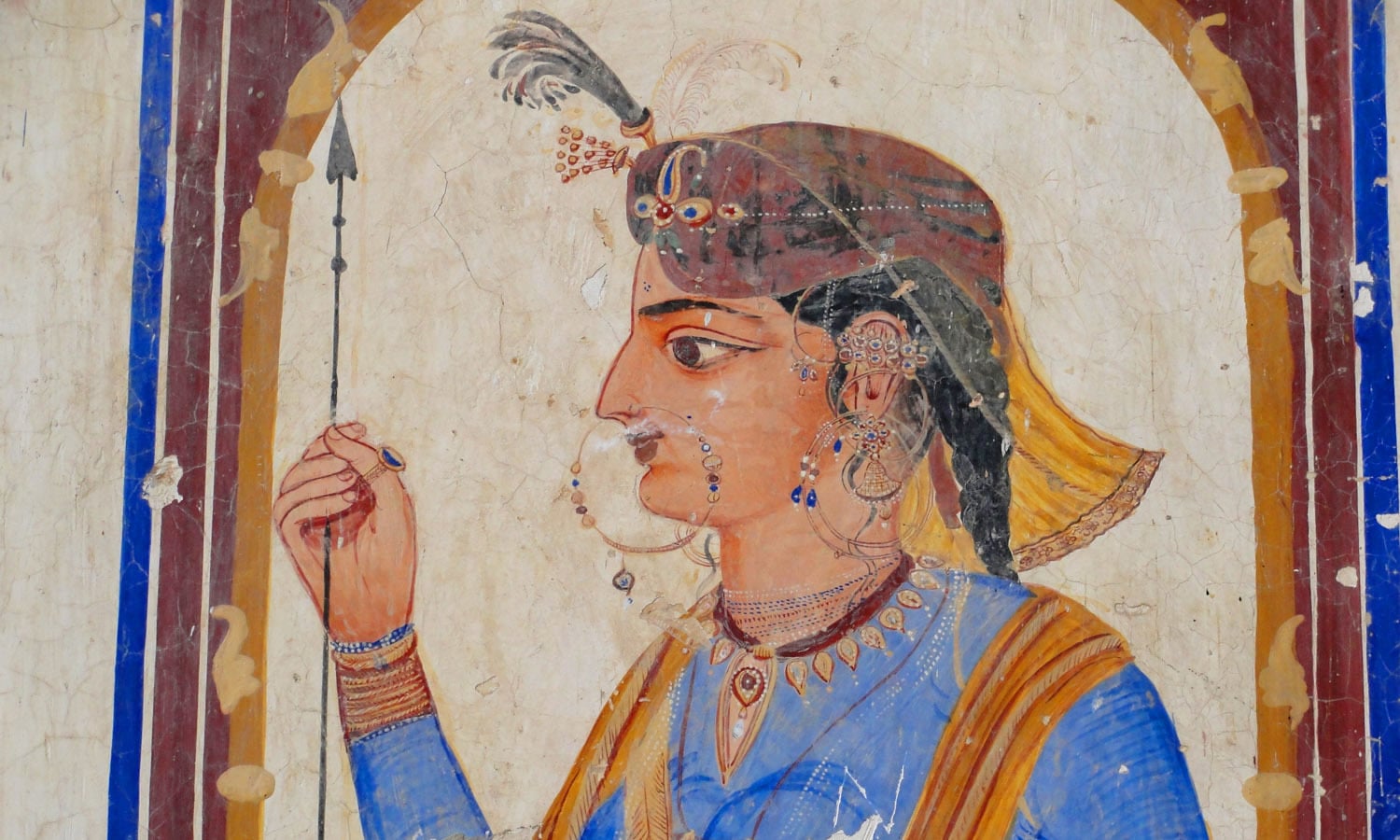ghazi52
PDF THINK TANK: ANALYST

- Joined
- Mar 21, 2007
- Messages
- 104,413
- Reaction score
- 106
- Country
- Location
Buddhu's Tomb Lahore
On the south of G.T. Road, opposite the University of Engineering and Technology, lies a dilapidated tomb known as 'Buddhu kaMaqbara'. The tomb had an arched gallery and stood in an enclosed garden with a gateway, of which no sign remains. The tomb stands on a platform of masonry, the building itself being of quadrangular form, with an arched entrance on each side.

Constructed with massive brick masonry, each side of this square building is punctured with a central pishtaq opening flanked by two slightly recessed arched panels. The zone of transition of the square chamber to the hemispherical roof is expressed above the chamber in an octagonal drum, on which a dome on a high neck is placed, resulting in a somewhat overpowering gunbud (dome). Glazed tiles in blue and yellow decorated the roof of the lofty building. Signs of floral designs in mosaic can still be seen on some of the yellow tiles. Blue glazed tiles in chevrons can also be seen on the apex of the dome. The arches are decorated with paintings of different colors, but only faint traces of these decorations are now visible.
Traditionally, the structure is attributed to Buddhu, a potter belonging to Shah Jahan's reign. Buddhu's father Sudhu is said to have had a flourishing kiln trade during the reign of Jahangir, supplying bricks for all the important structures and palaces built by the imperial family and grandees of the court. However, the kiln was made unserviceable and its fire extinguished for ever, when a holy man named Abdul Haq, a disciple of Hazrat Mian Mir, was turned away on a wintry, rainy night from the warmth of the kiln fire.
Later researches point towards the structure being the tomb of the wife of Khan-e-Dauran Bahadur Nusrat Jan, an amir or grandee of the Mughal court. Khan-e-Dauran himself is also reputed to have been buried here on his death in 1643. At his death, he held the rank of 7000 personnel and 7000 horses. As is the case of other similar structures, the tomb is likely to have been set amidst a large garden.
During the Sikh rule, the area was occupied by the summer house of General Avitabile, the French general of Maharaja Ranjit Singh, although no evidence of this has survived. The sepulcher was a centre of activities during the inter-Sikh wars, when Maharaja Sher Singh and Raja Hira Singh in turn collected Khalsa (Sikh) troops here with the intention of laying siege to Lahore.
On the south of G.T. Road, opposite the University of Engineering and Technology, lies a dilapidated tomb known as 'Buddhu kaMaqbara'. The tomb had an arched gallery and stood in an enclosed garden with a gateway, of which no sign remains. The tomb stands on a platform of masonry, the building itself being of quadrangular form, with an arched entrance on each side.
Constructed with massive brick masonry, each side of this square building is punctured with a central pishtaq opening flanked by two slightly recessed arched panels. The zone of transition of the square chamber to the hemispherical roof is expressed above the chamber in an octagonal drum, on which a dome on a high neck is placed, resulting in a somewhat overpowering gunbud (dome). Glazed tiles in blue and yellow decorated the roof of the lofty building. Signs of floral designs in mosaic can still be seen on some of the yellow tiles. Blue glazed tiles in chevrons can also be seen on the apex of the dome. The arches are decorated with paintings of different colors, but only faint traces of these decorations are now visible.
Traditionally, the structure is attributed to Buddhu, a potter belonging to Shah Jahan's reign. Buddhu's father Sudhu is said to have had a flourishing kiln trade during the reign of Jahangir, supplying bricks for all the important structures and palaces built by the imperial family and grandees of the court. However, the kiln was made unserviceable and its fire extinguished for ever, when a holy man named Abdul Haq, a disciple of Hazrat Mian Mir, was turned away on a wintry, rainy night from the warmth of the kiln fire.
Later researches point towards the structure being the tomb of the wife of Khan-e-Dauran Bahadur Nusrat Jan, an amir or grandee of the Mughal court. Khan-e-Dauran himself is also reputed to have been buried here on his death in 1643. At his death, he held the rank of 7000 personnel and 7000 horses. As is the case of other similar structures, the tomb is likely to have been set amidst a large garden.
During the Sikh rule, the area was occupied by the summer house of General Avitabile, the French general of Maharaja Ranjit Singh, although no evidence of this has survived. The sepulcher was a centre of activities during the inter-Sikh wars, when Maharaja Sher Singh and Raja Hira Singh in turn collected Khalsa (Sikh) troops here with the intention of laying siege to Lahore.










































